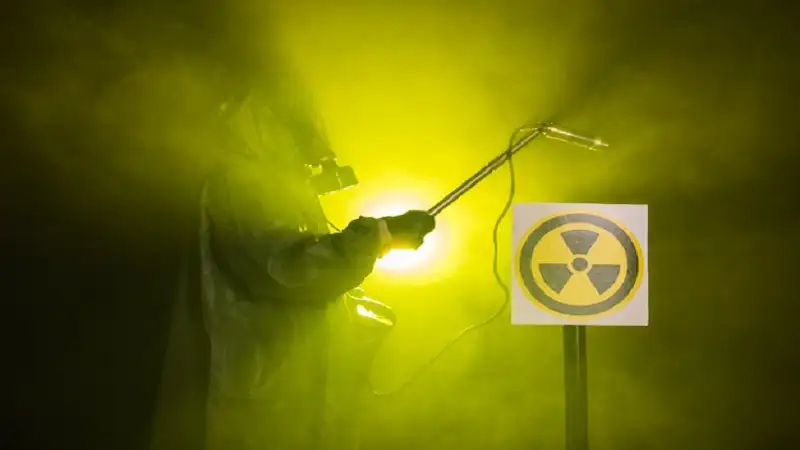The story of “hisashi ouchi photos” is one of the most tragic and harrowing incidents in the history of nuclear accidents. Ouchi was a victim of the Tokaimura nuclear accident in 1999, one of Japan’s worst nuclear disasters. This article aims to shed light on the events leading up to the accident, the aftermath, and the controversy surrounding the release of photos related to Ouchi’s condition.
The Tokaimura Nuclear Accident
On September 30, 1999, the Tokaimura nuclear reprocessing plant experienced a criticality accident due to improper handling of uranium fuel. Workers, including Hisashi Ouchi, Masato Shinohara, and Yutaka Yokokawa, were involved in manually mixing a uranium solution, which led to an uncontrolled nuclear chain reaction. The accident resulted in a massive release of radiation, exposing the workers to lethal doses.
Hisashi Ouchi’s Condition
Hisashi Ouchi received the highest dose of radiation, estimated to be around 17 sieverts, far above the lethal limit. The radiation caused catastrophic damage to his body, including severe burns, destruction of bone marrow, and the obliteration of his immune system. Despite the efforts of medical professionals, Ouchi’s condition rapidly deteriorated.
The Controversy Over Photos
Photos of Hisashi Ouchi’s condition have sparked significant controversy and debate. These images, showing the extent of his injuries and the gruesome effects of radiation, have circulated online, often without context or sensitivity. The release of these photos raises several ethical questions:
- Respect for the Deceased: Sharing graphic images of Ouchi without consent from his family or the deceased’s estate is widely regarded as disrespectful and insensitive.
- Educational Value vs. Exploitation: While some argue that these photos serve as a stark reminder of the dangers of nuclear power and the importance of safety protocols, others see the dissemination of such images as exploitative and sensationalist.
- Privacy and Dignity: The privacy and dignity of patients, especially those who suffer horrific injuries, must be maintained. The unauthorized release of these photos can be seen as a violation of Ouchi’s dignity.
Ethical Considerations in Sharing Sensitive Content
The case of Hisashi Ouchi underscores the need for careful consideration when sharing sensitive and graphic content. The following guidelines can help balance the need for public awareness with respect for individuals’ dignity:
- Consent: Ensure that any images shared have the consent of the individual or their family.
- Context: Provide appropriate context to help viewers understand the significance of the images and the events surrounding them.
- Sensitivity: Avoid sensationalism and prioritize sensitivity, especially when dealing with subjects that involve significant suffering.
Conclusion
“hisashi ouchi photos” tragic experience is a powerful reminder of the devastating impact of nuclear accidents. While the photos of his condition may serve as a cautionary tale, it is crucial to approach such sensitive content with respect and ethical consideration. The Tokaimura incident continues to serve as a lesson in the importance of nuclear safety and the human cost of industrial accidents. See More.
